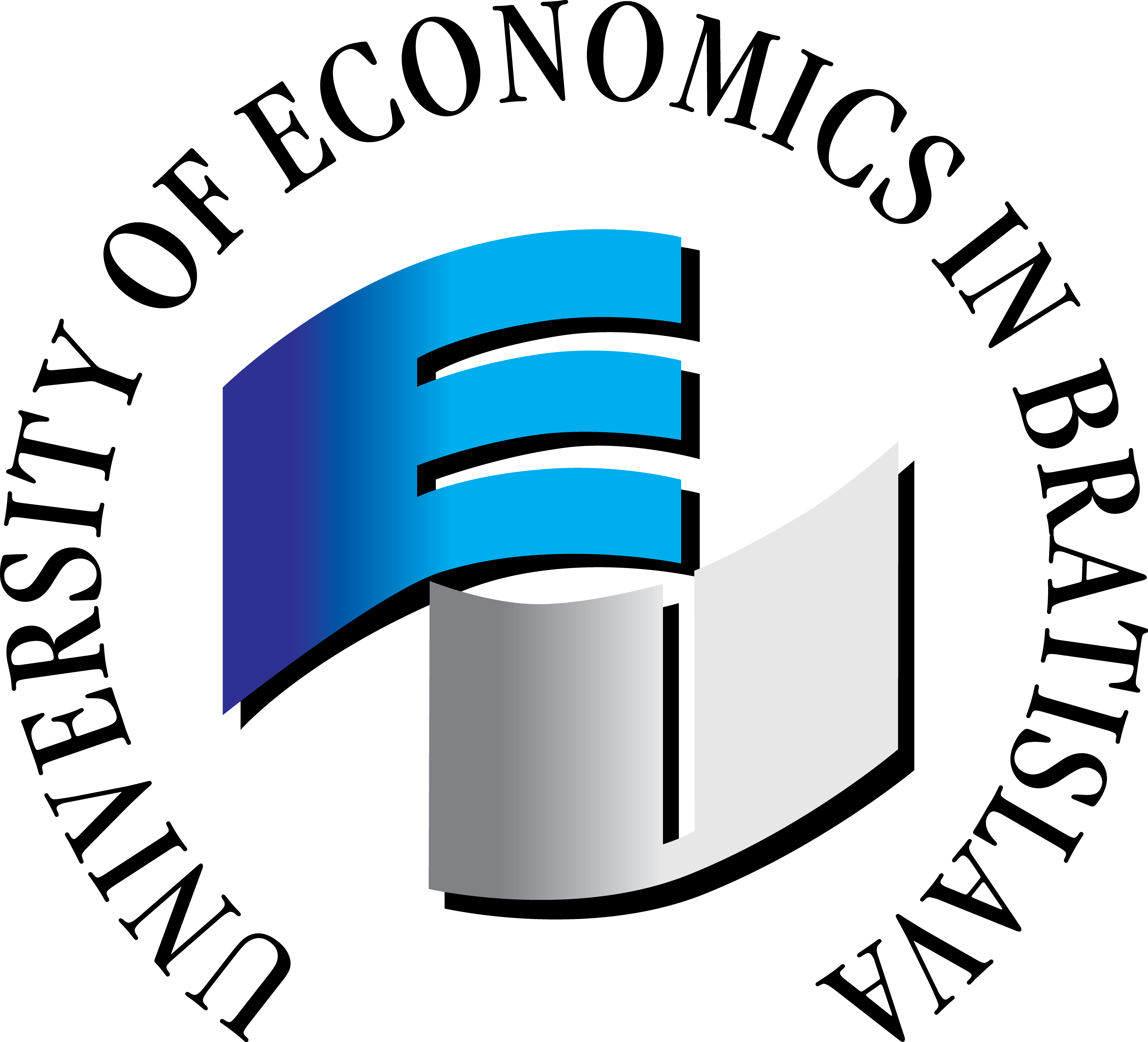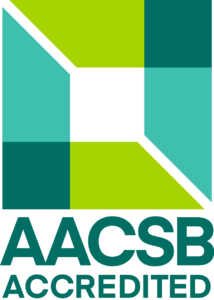Web and Mobile Applications II
- Credits: 4
- Ending: Examination
- Range: 0P + 4C
- Semester: summer
- Faculty of Economic Informatics
Teachers
Included in study programs
Teaching results
After studying this course, students should have:
Knowledge
A. Use of modern JavaScript frameworks applied in the development of Single Page Applications (SPA) in current practice.
B. Advanced knowledge of HTML5/CSS3/JS and the ability to build responsive applications using the Bootstrap library.
C. Development of web applications using the Angular 4 framework.
E. Fundamentals of automated testing based on Karma/Jasmine.
Skills
D. Build the client-side part of a web application connected to pre-prepared REST services.
F. Design a responsive frontend using Bootstrap.
G. Use Angular CLI for generating the structure of Angular applications.
H. Develop the client-side layer of an Angular 4 application.
I. Connect the frontend to backend REST services.
J. Test the correct functionality of the application across web browsers (Chrome, Firefox) using Karma/Jasmine tools.
Competentness
A. Apply modern JavaScript frameworks to design and implement SPA solutions.
B. Creatively use HTML5/CSS3/JS to design responsive and user-friendly interfaces.
C. Effectively apply Angular four as a platform for scalable and modular web applications.
D. Integrate client-side applications with REST services, ensuring correct communication.
F. Design and optimize responsive frontends using Bootstrap.
G. Use Angular CLI efficiently for project generation, configuration, and maintenance.
I. Ensure proper connection between frontend and backend REST APIs.
J. Validate application functionality across browsers using Karma/Jasmine testing tools.
Indicative content
1. HTML5 markup languages
2. XML language
3. Single Page Application (SPA) scripting frameworks
4. Advanced JavaScript features
5. AJAX programming technique
6. Use of the Bootstrap library
7. CSS3 styling language
8. TypeScript language
9. Advanced algorithms and data structures
10. Using/testing REST services – Angular CLI
11. Using/testing REST services – Angular 4
12. Automated testing of applications using JavaScript frameworks
13. Testing with Karma/Jasmine
Support literature
1. Naik, P. G., & Naik, G. R. (2024). Mastering Bootstrap, AJAX, and jQuery for elevating web experiences with advanced development techniques. Shashwat Publication.
2. Easy HTML – Handy Guide (2023). Discover the world of HTML. Publisher unknown. https://www.amazon.com/Easy-HTML-Discover-Programming-Foundations/dp/B0C9SBNWC2
3. Haverbeke, M. (2024). Eloquent JavaScript (4th ed.). https://eloquentjavascript.net
4. Mlýnková, I. (2008). XML technologie. Grada.
5. Kosek, J. (2000). XML pro každého. Grada.
6. W3Schools. (n.d.). XML tutorial. https://www.w3schools.com/xml/default.asp
7. W3Schools. (n.d.). JavaScript tutorial. https://www.w3schools.com/js/default.asp
8. W3Schools. (n.d.). AJAX tutorial. https://www.w3schools.com/ajax/default.asp
9. W3Schools. (n.d.). JSON tutorial. https://www.w3schools.com/json/default.asp
10. W3Schools. (n.d.). HTML tutorial. https://www.w3schools.com/html/default.asp
11. W3Schools. (n.d.). XHTML tutorial. https://www.w3schools.com/html/html_xhtml.asp
12. W3Schools. (n.d.). CSS tutorial. https://www.w3schools.com/css/default.asp
Syllabus
1. Markup languages HTML and XHTML HTML and XHTML form the foundational technologies for structuring web content, with XHTML enforcing stricter syntax rules. Students learn document structure, semantic markup, and correct usage of elements. Emphasis is placed on modern standards for accessible, valid, and maintainable code. 2. XML language XML provides a flexible, hierarchical format for structured data exchange between applications. Students learn to create XML documents, work with schemas, and perform validation. The topic also discusses when XML is advantageous or inefficient compared to JSON. 3. JavaScript scripting language JavaScript enables dynamic interaction on the web through DOM manipulation and event handling. Students develop skills in building interactive components, processing inputs, and communicating with APIs. Basic ES6+ features and modular code organization are introduced. 4. AJAX programming technique AJAX enables asynchronous server communication without reloading the page, forming the basis of modern interactive applications. Students understand asynchronous operations, callbacks, Promises, and handling JSON/XML responses. Practical tasks verify correct REST request implementation. 5. JSON text-data format JSON is a lightweight and widely adopted data format for web APIs due to its simplicity and readability. Students learn parsing, serialization, and secure handling of JSON structures. Comparisons with XML highlight key differences and use-case boundaries. 6. CSS styling language CSS defines the visual presentation of web pages through selectors, cascading rules, and the box model. Students learn responsive design principles, mobile-first strategies, and modern techniques such as flexbox and grid. Emphasis is placed on styling optimization and clean design. 7. PHP scripting language PHP enables server-side development, request processing, and creation of dynamic web content. Students learn syntax, secure coding practices, and interaction with backend systems. The topic covers essential operations and fundamental backend logic. 8. Database management using PHP Students learn to manage SQL databases, perform CRUD operations, and handle data securely. Emphasis is placed on using PDO/MySQLi, prepared statements, and proper query handling. API design and integration with frontend applications are also discussed. 9. TypeScript language TypeScript introduces static typing to JavaScript, increasing reliability and maintainability of applications. Students learn types, interfaces, modules, and their usage in large projects, including Angular development. Refactoring JavaScript into TypeScript is also demonstrated. 10. Basic algorithms and data structures This topic covers essential computational techniques such as sorting, searching, and efficient data organization. Students explore arrays, linked lists, trees, and graphs as practical tools in application development. Emphasis is on applying these structures to real web-development tasks. 11. Using/testing REST services – Node.js / Express Students learn to build server-side REST APIs, define routing, and process HTTP requests using Node.js and Express. The topic includes middleware usage, proper response formatting, and API structure. Functional and integration testing of endpoints is practiced. 12. Using/testing REST services – PostgreSQL and MongoDB Students explore relational (PostgreSQL) and document-based (MongoDB) databases within REST API contexts. They learn to model data, execute queries, and test database communication. The session highlights differences between SQL and NoSQL approaches. 13. Automated testing of applications using JS frameworks Tools such as Jest, Karma, Jasmine, and Cypress are used to automate testing of both frontend and backend functionality. Students practice writing unit and integration tests and setting up test environments. The workflow of automated testing in CI/CD pipelines is introduced.
Requirements to complete the course
Requirements to complete the course:
Continuous problem solving during exercises, final assignment 40%, 51% of this obligation is required for the exam. The final task verifies the level of learning outcomes achieved F., G., H., I., J.
Final exam - written form, 60% (passing the exam means obtaining a minimum of 51% of the exam grade) The theoretical part verifies the achieved level of learning outcomes A., B., C., D., E.,
Student workload
Total study load (in hours):
4 credits x 26 hours= 104 hours
Study load distribution:
Seminar participation: 26 hours
Preparation for seminars: 26 hours
Project preparation: 26 hours
Preparation for the final exam: 26 hours
Language whose command is required to complete the course
slovak
Date of approval: 04.03.2025
Date of the latest change: 06.11.2025

